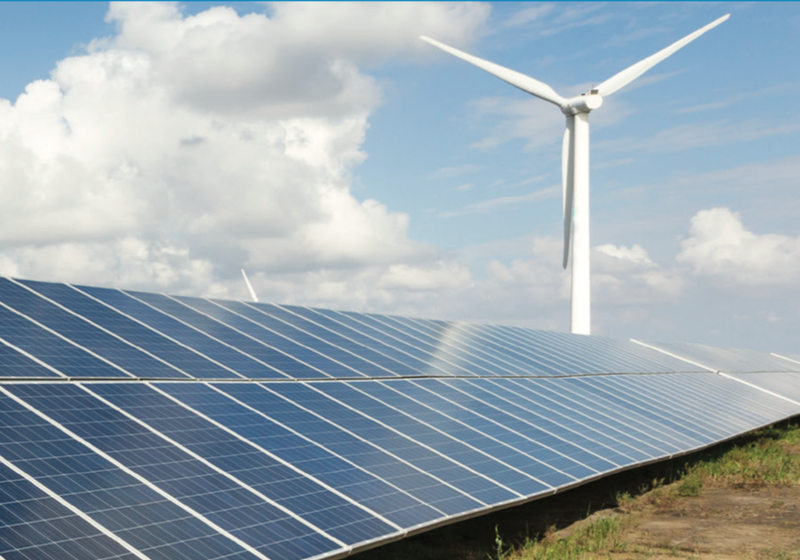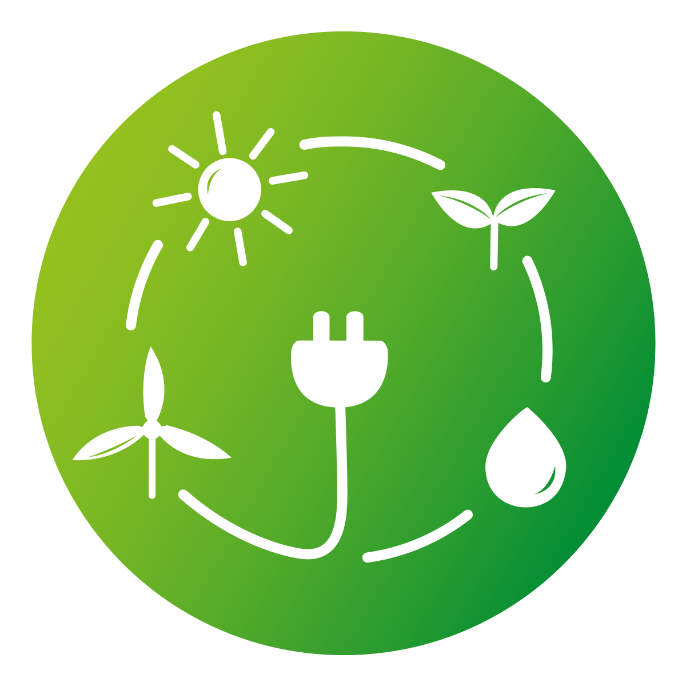
On April 3, 2020, New York State authorized the Accelerated Renewable Energy Growth and Community Benefit Act, which is aimed at improving the location and construction of large-scale renewable energy projects in an environmentally responsible and cost-effective manner. This Act led to the establishment of the Office of Renewable Energy Siting (ORES), which is responsible for evaluating the environmental impact of renewable energy projects and provides a common platform for making responsible, foreseeable and timely siting decisions that are integrated with the suggestions of local communities.
What has ORES proposed to benefit Renewable Energy Projects?
On September 16th 2020, ORES proposed draft regulations with a viewpoint to hasten the siting, construction and implementation of renewable energy projects. These regulations act as a framework to implement the Accelerated Renewable Energy Growth and Community Benefit Act, and essentially intend to assist New York in combating climate change and mitigating greenhouse gas emissions by speeding up the permitting process for the implementation of renewable energy projects. The draft regulations seek to efficiently support New York State’s directive to increase electricity consumption using renewable energy to 70 percent by the year 2030.
Previously, Walden covered New York State agencies’ legislation on greenhouse gas emission reductions and measures taken to battle climate change in the “NYSDEC and NYSERDA Take Steps to Support Implementation of State’s Nation-Leading Climate Law” blog in September 2020.
What Does This Mean?
The draft regulations have been created to streamline the review of renewable energy projects and speed up the permitting process for the installation and operation of these projects, with a set of uniform standards and conditions. The regulations could especially speed up the permitting of projects located on brownfields, landfills, and former industrial or commercial sites. Another important aspect of these regulations is the need for renewable energy project developers to take into consideration the inputs of local governments and communities in the implementation of these projects, so that the projects are facilitated in a holistic and sustainable manner.
The regulations are applicable for large scale renewable energy projects over 25 MW. However, renewable energy projects with nameplate capacities of 20 to 25 MW, and projects for which Article 10 permit applications have already been submitted will be able to participate in the new regulatory process. The Article 10 process was designed to be applied for the construction and expansion of all major electrical generation facilities, including fossil fuel facilities. The Article 10 process presently reviews all major renewable energy projects, and will continue to do so until ORES begins to accept project applications.

Proposed Uniform Standards and Conditions
The highlights of the proposed uniform standards and conditions include:
- Renewable energy project developers must adhere to a detailed pre-application process under the draft regulations, which includes detailed site surveys, before submitting an application to ORES.
- The detailed pre-application process has been created to prevent major siting issues, such such as wetlands, habitat, and archaeological resources.
- Along with the applications for projects, additional materials need to be submitted by the project developers, which include detailed design drawings, noise impact study, visual impact assessment, geotechnical report, storm water plan, agricultural impact assessment, environmental justice evaluation, decommissioning and site restoration plan.
- Applicants must submit a draft report that define the boundaries of wetlands, to ensure that the proposed project does not disturb wetland ecosystems.
- Ambient noise measurements are not needed for solar energy projects. Wind facilities must adhere to a maximum noise limit of 45 dBA (8-hour) outside any non-participating residence and 55 dBA (8) hour outside any participating residence that exists when the siting permit is issued.
- All pre-application meetings with municipalities must be documented.
- Design drawings for solar and wind energy projects must show that they comply with their respective setback requirements, in terms of the equipment size, property lines, public areas, fencing and landscaping within the siting areas, and other specified requirements.
- Applicants must identify habitats of New York State listed species through habitat assessment surveys and ensure that their projects have a minimal impact on the habitats of these species.
- Certain electric transmission facilities less than 125 kV and less than 10 miles in length are included within the proposed regulations, in order to facilitate access to electric loads.
- Solar and wind energy projects must adhere to New York State Department of Agriculture and Market’s (NYSAGM) guidelines for siting solar and wind energy projects in Agricultural Districts, to ensure that there is minimal impact to active agricultural lands.
Timeline for Permitting Process of Renewable Energy Projects:
- Once the application materials and documents for a renewable energy project have been submitted, ORES will have 60 days to determine if the application is complete.
- If the application is considered to be incomplete, the applicant will have 3 months to provide additional materials that address the missing elements, or the application will be considered to be withdrawn.
- Once the application is considered complete, ORES will have 60 days to issue a draft permit for public comment. Following this, ORES must approve or deny the permit in no more than one year from the date of a complete application.
- For projects located on certain existing or abandoned commercial properties (including brownfields, landfills, former commercial or industrial sites), ORES must approve or deny the permit in no more than 6 months from the date of a complete application.
Public comments for the proposed draft regulations are being accepted until December 7th 2020.
Are you looking to develop a renewable energy project? Are you interested in reducing GHG emissions? Walden’s environmental professionals are experienced with providing site-specific and customized engineering and consulting services for the development and implementation of renewable energy projects. If you are looking to learn more about the benefits of the proposed new regulations and work on renewable energy projects, please contact Walden Environmental Engineering at 516-624-7200. We can help you make a switch to a cleaner environment in a cost-effective manner.
